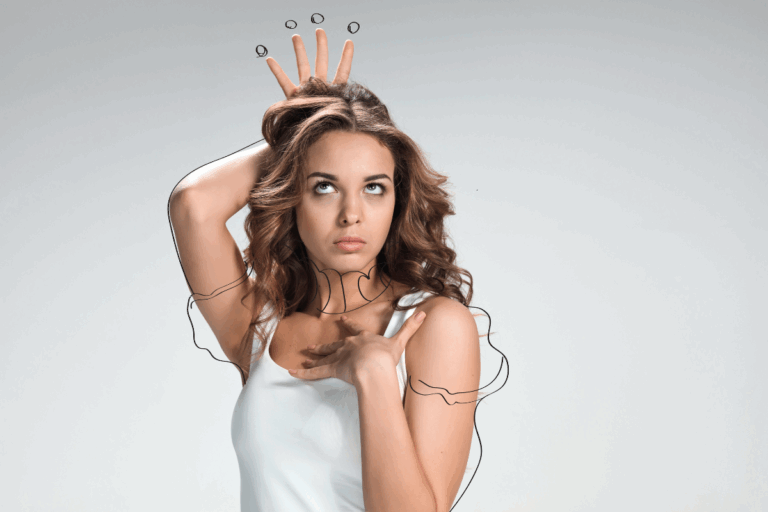Overcoming Depression With Cognitive-Behavioral Therapy Techniques
Maddison Henley PA-C

Depression hits even the strongest individuals and can feel like a thick fog that just won’t lift. Cognitive-Behavioral Therapy (CBT) provides practical techniques that have proven to be strong lifelines in overcoming this debilitating condition. But before we dive in, remember, feeling down from time-to-time is a part of life, but when emotions such as hopelessness and despair take hold and just won’t go away, you may have depression.
Understanding CBT
CBT is a type of psychotherapy that focuses on how our thoughts, beliefs, and attitudes affect our feelings and behavior. It employs a wide range of techniques that aim to break down overwhelming problems into smaller, more manageable parts.

CBT Techniques to Fight Depression
Here are some go-to CBT techniques that can help you navigate the choppy waters of depression and bring back some sunshine into your life.
1. Thought Journaling
Thought journaling is where you write down your thoughts and emotions. The act of writing can help you become aware of negative patterns and triggers in your thought process. It helps you step back and assess whether your thoughts are accurate or merely distortions of reality colored by depression.
2. Cognitive Restructuring
Cognitive restructuring is a therapeutic approach that identifies and challenges maladaptive thoughts stemming from depressive states. By recognizing these distorted thoughts, you can dissect their irrationality and reformulate them into more balanced and positive perspectives. This process not only empowers you to have healthier thought patterns, but also fosters emotional well-being and resilience.
3. Behavioral Activation
Behavioral activation is all about combating the inertia that depression brings. By systematically reintroducing and engaging in previously pleasurable activities, or even day-to-day tasks, you can break the cycle of inactivity that can exacerbate depressive symptoms. This proactive approach not only facilitates a return to normal functioning but also acts as a positive reinforcement, creating a feedback loop that promotes mood enhancement and overall well-being.
4. Relaxation Techniques
Relaxation techniques such as progressive muscle relaxation and deep breathing exercises can help reduce symptoms of stress and anxiety often associated with depression. Progressive muscle relaxation involves tensing and relaxing different muscle groups, helping to release stored tension and promote a sense of calm. Similarly, deep breathing exercises can enhance oxygen intake, regulate the nervous system, and cultivate mindfulness. By incorporating these techniques into daily routines, you can achieve better emotional balance, reduce the intensity of stress and anxiety, and foster a more centered and relaxed state of mind.
5. Problem-Solving Therapy
This technique helps you deal directly with problems resulting from or contributing to depression. Having a clear process to solve issues can increase your confidence and ability to cope, alleviating depression symptoms.
Depression is a formidable adversary. Still, by harnessing the power of these CBT techniques, you can learn to change negative thought patterns and behavior, equipping yourself with the tools to banish depression from your life.
Even though depression feels endless at times, reach out and seek help because there is light at the end of the tunnel. Consulting a psychiatrist or a trained health professional to guide you through these techniques can help maximize their effectiveness.
Responsibly edited by AI
Other Blog Posts in
Animo Sano Psychiatry is open for patients in North Carolina, Georgia and Tennessee. If you’d like to schedule an appointment, please contact us.
Get Access to Behavioral Health Care
Let’s take your first step towards. Press the button to get started. We’ll be back to you as soon as possible.ecovery, together.




